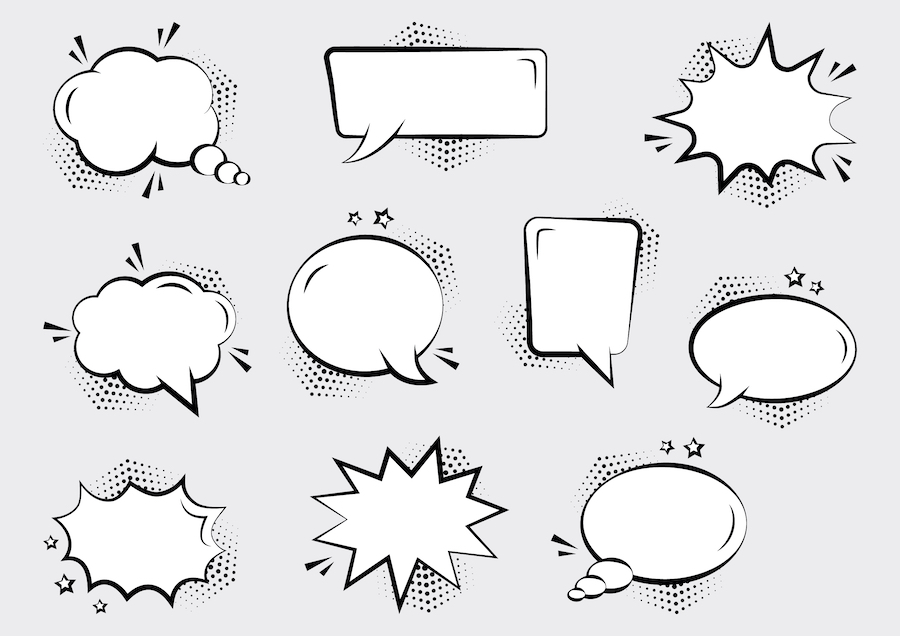Making Meaningful Brand Statements
By Olga Mayoral Wilson, APR, Fellow PRSA
June-July 2021
Who could have predicted we would experience the 2020–2021 pandemic and the challenging times that still lie ahead? We all know change is constant and we must adapt to it — but all at once, with no time to prepare?
Well, here we are today, after more than a year of living with a pandemic, personal losses, unemployment, fear, extreme social tensions, political divisions and environmental threats.
Throughout it all, how have we done as communicators? Not bad, I’d say. Our personal resilience and professional persistence have helped us adapt to new modes of communication. Zoom, Google Meets, Cisco Webex, Microsoft Teams and other video-conferencing platforms have become our new roads to attend client meetings, brainstorming sessions and educational workshops.
At the same time, our clients continue to face growing challenges. More and more, brands are asked to respond to issues that arise unexpectedly. Issuing perfunctory statements under pressure is irresponsible and unprofessional.
As communicators, how can we avoid making brand statements that sound hollow and impersonal? And how can we identify and address a company’s many audiences and then craft authentic messages that connect with each one? What approaches should we recommend to our clients?
Meaningful brand statements
Before we can craft meaningful responses, we first have to know the corporation’s values and mission statement and whether they have been realistic. We should ask ourselves and our clients: Has your organization followed its stated values in previous, similar situations?
Meaningful company statements require the right voice and tone. They create connections by showing empathy for the needs of different audiences. Communicators can test brand statements with sample audiences in advance and then integrate their responses into the final message.
We can also determine whether audiences relate better to messages in languages other than English. Use of diverse languages to reach different audiences shows a corporation’s empathy for diversity, equity and inclusiveness.
Particularly when sharing suggestions or instructions related to health and safety, using different languages to communicate with various communities can prove effective. By hiring certified translators, we can spread our messages to other communities.
As a resourceful communicator you probably have done your pre-work anticipating such occasions and have prepared for various scenarios. You very well know that words to be meaningful must be followed by actions.
If you don’t prepare yourself and your corporation the consequences may be many and troublesome. See it as a cause and effect. For example, if a brand statement is:
- Hollow
- Shows lack of empathy
- Late response
- No response
- Optics: Audiences don’t see themselves in the photo or visuals
- Voice: Audiences don’t relate to the message statement
- Tone: Audiences cannot understand the jargon used
- Brand actions do not follow statement — No accountability
Then, some of the effects of empty and hollow statements are:
- Audiences’ trust in the brand is lost
- Loyalty to the brand is quickly removed and the bond created is lost
- Loyalty is replaced for other brands
- Brand “fandom” is quickly gone
- Brand will receive negative comments in ALL social platforms
- Lost revenue
- Loss of investors’ trust
- Stock prices lose momentum in stock market
- New brands replace yours
- Employee layoffs
They’re not pretty pictures, but such scenarios have happened and will happen again if brands are not properly advised and genuine. Like the people we love and care for, brands need to be nurtured, too.



